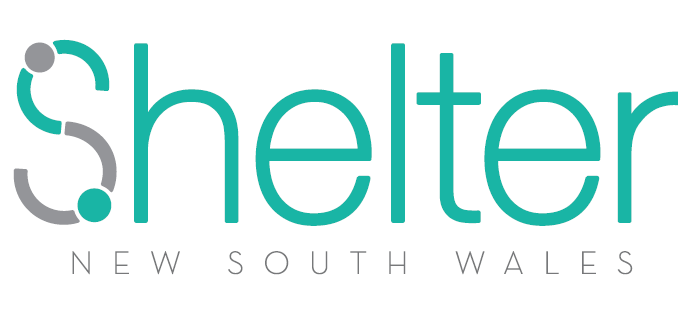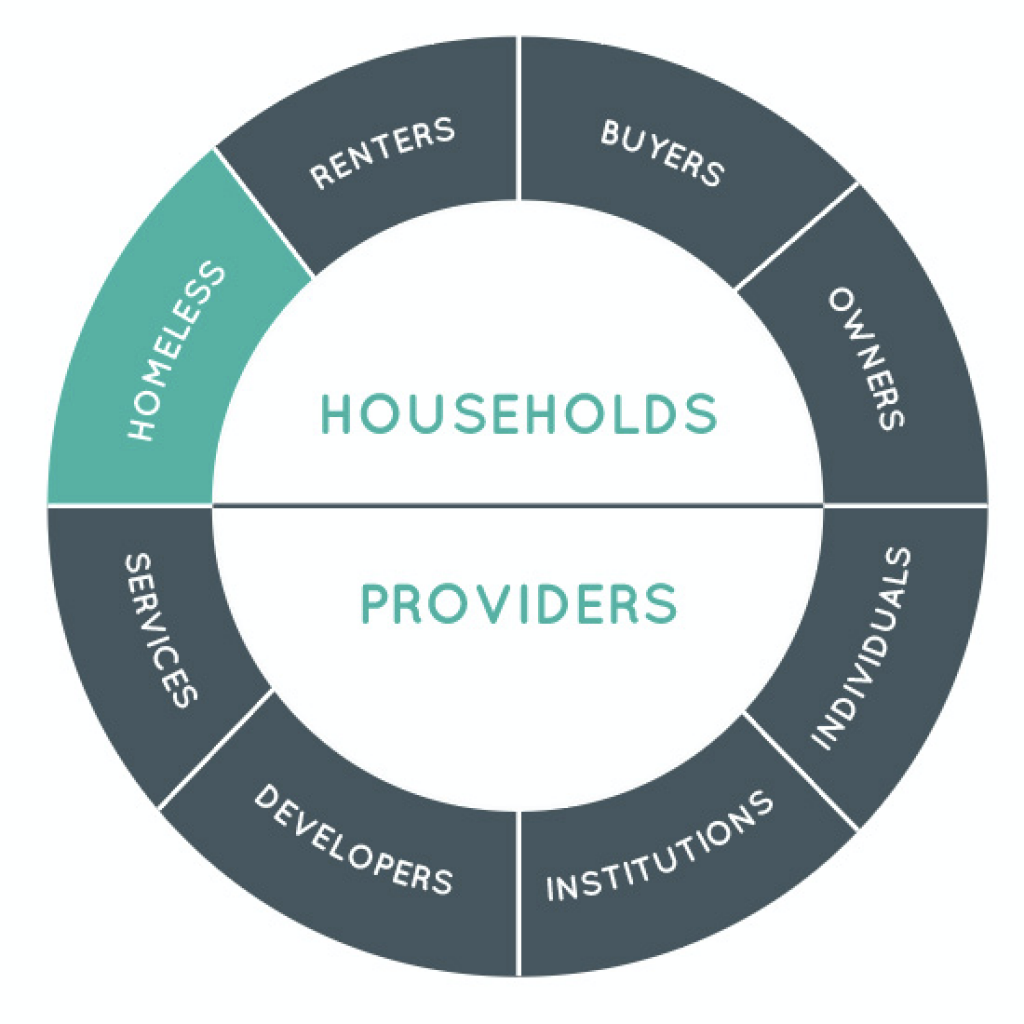What we want
We want to see a world in which everyone in NSW has to access to:
affordable homes that cater to a diverse range of needs;
accessible housing that is located close to jobs and services;
and appropriate development that is well-designed and maintained.
Why we want it
We see the results of everyone having a secure home as being:
productive cities and regions that
create jobs and provide opportunities;
poverty-free communities that support health and wellbeing;
and protected neighbourhoods that respond to their natural environment.
How we can achieve it
We advocate reforms to achieve this vision by focusing on:
revenue and spending measures that fund, finance and tax housing;
regulation and planning that control and direct housing supply,
quality and location;
and responsibilities for governing, administering and coordinating policy.




